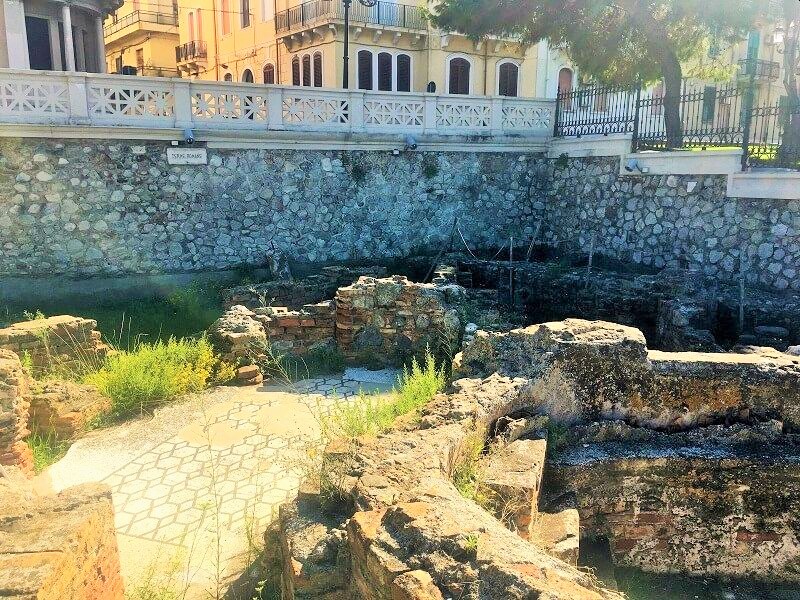Reggio di Calabria is the capital of the region of the same name in Calabria, Italy. It is located at the very tip of an Italian shoe, above the Strait of Messina. In the north, it borders on the Aspromonte Mountains. Although the city has a long and rich history, the number of monuments does not correspond to it at all. The reason for this is the numerous earthquakes that have hit Reggio in the past, especially the one that practically razed the city to the ground in 1908. After this event, the city was rebuilt, and today with its 190,000 inhabitants it is one of the most populous cities in Calabria.
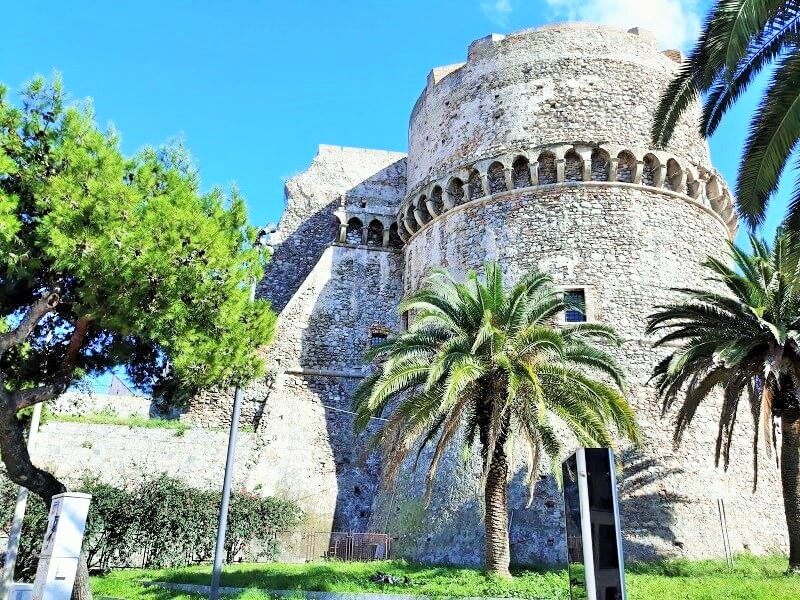
Reggio di Calabria – how to get there?
There is an airport in Reggio Calabria. The other airports close by are in Lamezia Terme in Calabria or in Catania in Sicily. The A3 motorway leads to Reggio di Calabria and is free of charge. You can also get there by train. The train station is located in the city center and we can get everywhere by a walk.
Tip 1: The train from Lamezia Terme takes around an hour and a half and costs 9.20 euros.
The connection is direct, but only a few trains run daily. Therefore, when planning a trip, it is worth to check the timetable on the Trenitalia website. If you are traveling by car, I recommend combining sightseeing Reggio with a visit to Scilla. I wrote about Scilla in my previous post here. It’s only 22 kilometers and about 20 minutes by car. When it comes to traveling from Sicily, you should cross from Messina to Villa San Giovani.
Reggio di Calabria for gourmands
Tip 2: Gelateria Cesare (Piazza Indipendenza), Gelateria Sottozero (Corso Vittorio Emanuele) and B’Art Lounge Cafè in Teatro Comunale Cilea are considered to be the best among the locals.
The first one is considered the best in the region, we can also try ice cream in a sweet roll, the so-called brioche con gelato. This delicacy is usually found in Sicily, so if you haven’t been there yet, it’s worth trying! Interestingly, under the name „the taste of Calabria” is a cream made of bergamot (bergamot orange, from the citrus family).
Top 5 attractions:
Promenade
Lungomare Falconata – It is called the most beautiful kilometer in Italy. It is an exceptional experience to walk along the promenade overlooking Sicily on the other side of the strait, with the view of Mount Etna with good visibility. We are accompanied by pretty palm trees and a few interesting villas: Palazzo Zani, Palazzo Giuffre, Palazzo Spinelli, or Villa Genoese Zerbi.
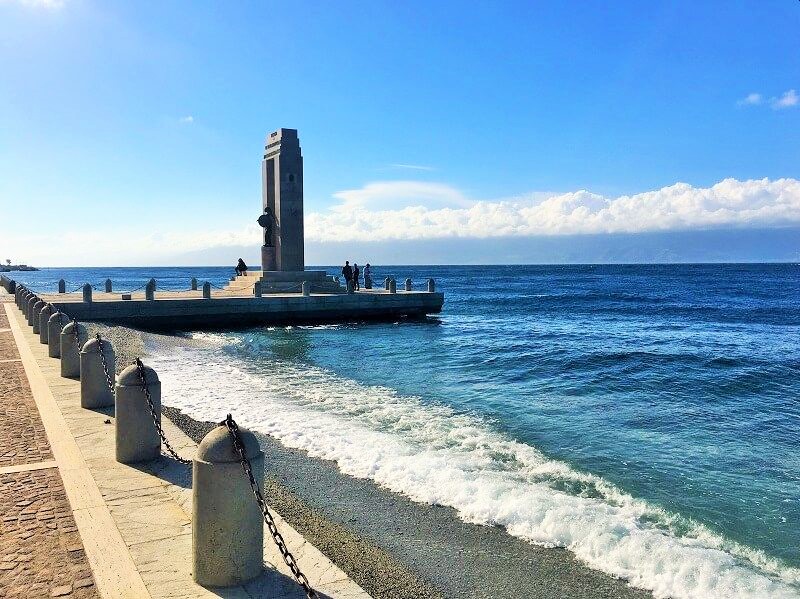
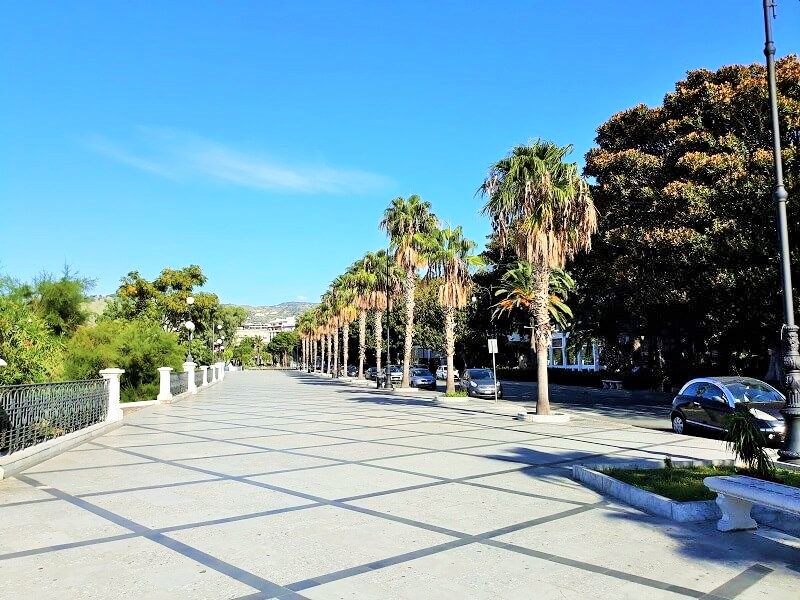
Museo Nazionale della Magna Graecia
Several floors hide treasures from Reggio, but also several other Greek colonies such as Locri, Medma, Metauros, and Kaulonia. Be sure to find and see unique Riace bronzes. Two naked bronze warriors, dating back to the fifth century B.C., rested at the bottom of the Ionian Sea. They were discovered by a random diver in 1972, 300 meters from the coast. The sculptures are about 2 meters tall, they are in a separate room, where we can enter through a special chamber. They make a great impression with the craftsmanship with which they were made. More information can be found on the museum’s website here.
Tip 3: The museum is open from 9.00-20.00. The ticket price is 8 euros.
Castello Aragonese (Aragonese Castle)
The castle hosts contemporary art exhibitions. Ticket 2 euros. The beginnings of the monument are dated back to the 9th century, but the current appearance was created in the 15th century, thanks to King Ferdinand I of Aragon.
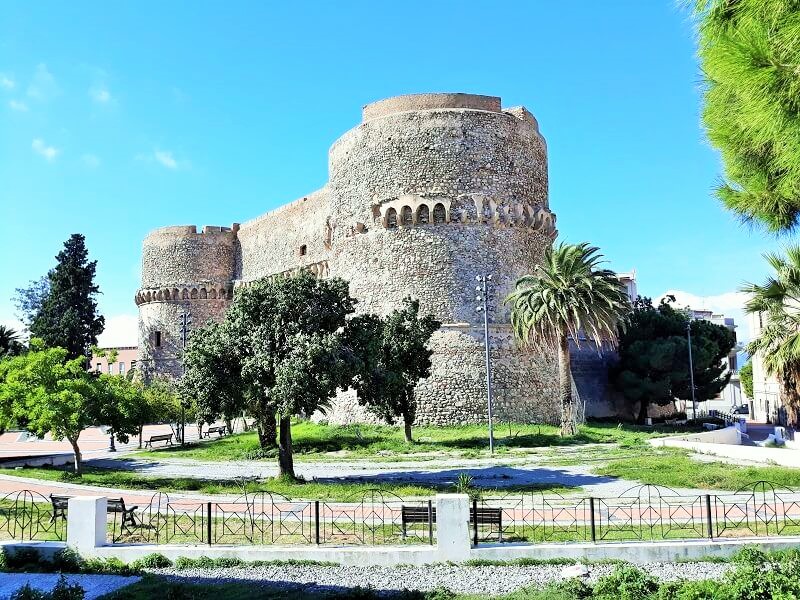
Duomo (Assumption of the Virgin Mary)
Cathedral was rebuilt after 1908 in a modern eclectic style with Romanesque and Gothic elements.
Monuments of antiquity:
Le Mura Greche (Greek Walls) – once protected the city, today it is two rows of stones near the seaside promenade. While in the area, it is worth taking a look. The tiny area is fenced, and we can see the ruins from behind the fence. Interesting for history enthusiasts.
Le Terme Romane (Roman Baths) – we can find them right next to the Greek Walls, they are a bit better preserved.
